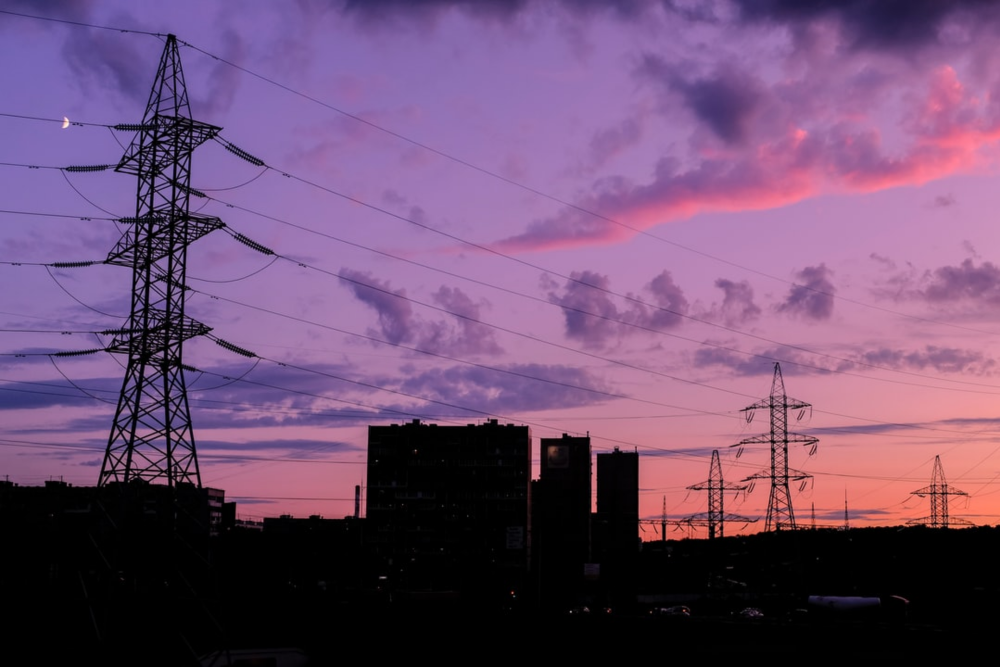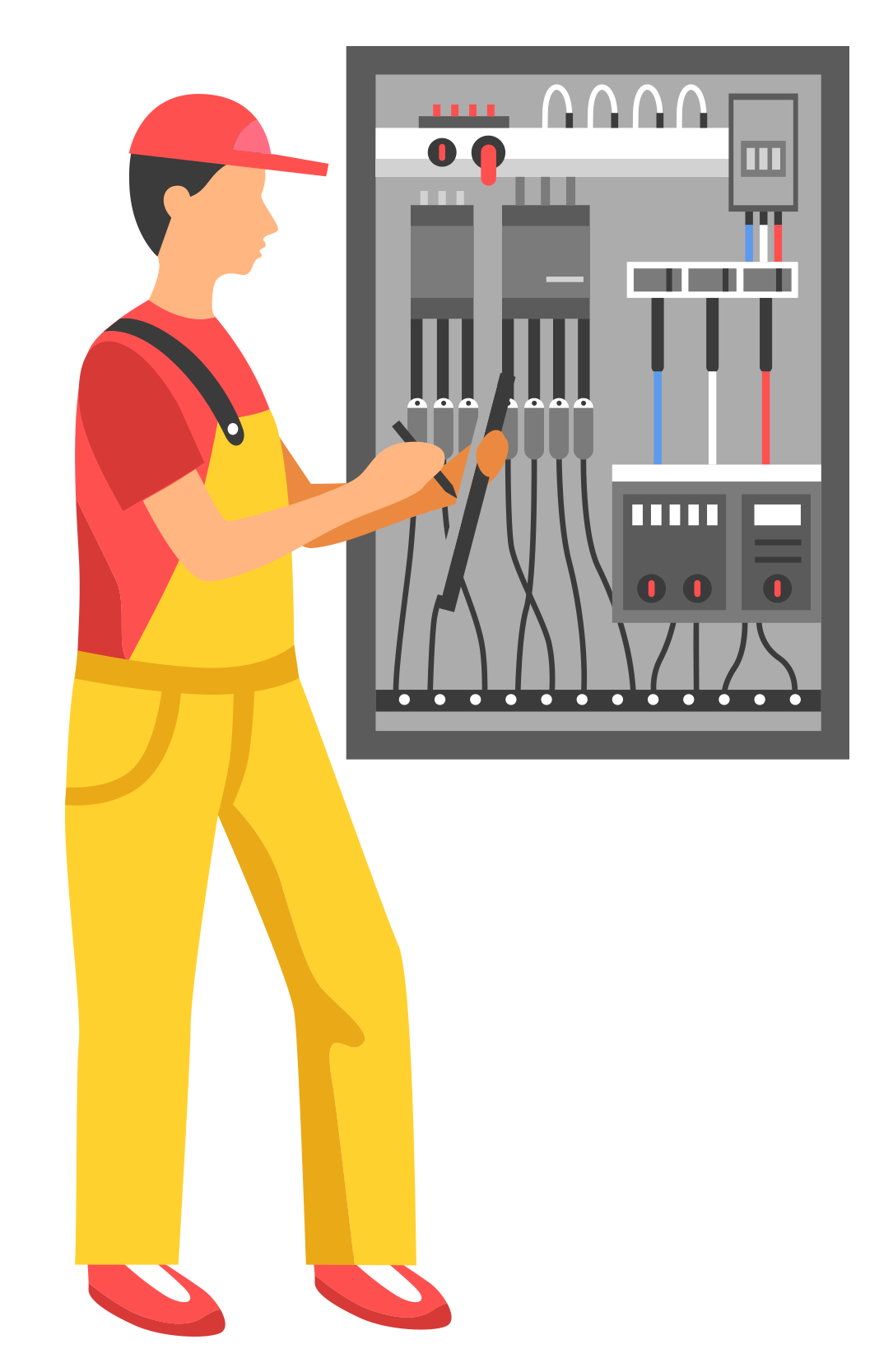
Lightening, short-circuits, downed electric poles, can all create a voltage spike in the power, known as a surge. Lasting only a few millionths of one second, it is enough to cause serious damage to critical business equipment, like computers and production machinery.

How to Keep Your Business Safe from Surges - From the National Institute of Standards and Technology
For businesses, surges can mean:
- Downtime
- Lost Income
- Expenses of replacing equipment
- A possible fire caused by overloaded power strips and electric panels

What’s a surge?
- Power surges, also known as transient voltages, can find a variety of routes into (and through) the workplace.
A single bolt of lightning can deliver a whopping 100,000 volts of electricity. As that bolt travels toward earth, it searches for the path of least electrical resistance. On contact, it can travel up to 3 miles through the ground to find it.
A typical power surge can send 500 to 1,000 volts through any cable, line or wire that connects your equipment to the outside world. These and other power fluctuations can disrupt software, delete data and destroy circuitry meant to handle a mere 120 volts.
 Once in your building, this energy can race through any conductive material, such as copper electrical wires, data cables, phone lines and even plumbing and ductwork. And it can jump between those systems in dramatic and extremely dangerous electric arcs.
Once in your building, this energy can race through any conductive material, such as copper electrical wires, data cables, phone lines and even plumbing and ductwork. And it can jump between those systems in dramatic and extremely dangerous electric arcs.
Even smaller power surges can have a negative effect overtime. Things like turning on large equipment can create a brief spike in your building’s power system or peak-demand events like a hot summer day can cause a temporary loss of power. Overtime, power surges can cause equipment breakdown, like hard drive failure or motherboard crash.
How to protect your business from surges:
- Purchase one or more plug-in surge protectors
- Install a surge protector at the service entrance panel
- Have the power company install a surge protector next to the meter

Plug-in surge protectors
Plug-in surge protectors come in two forms: a box that plugs directly into a wall receptacle, or a strip with a power cord and multiple outlets. They provide a valuable line of defense for your equipment but can wear out after absorbing a few significant hits. Be sure to read each unit’s instructions to keep a strong line of defense.

Service-panel surge protectors
Install a heavy-duty surge suppressor at your main service panel to deal with large transient voltages as they enter your building, lessening the impact on plug-in surge protectors and business equipment down the line. These suppressors must be installed by a licensed electrician and inspected periodically.
Choose a model with a response time of 5 nanoseconds or less, and a visible alarm that indicates when they’ve suffered significant damage.
At the meter socket
You may also have the option that the power company in your area offers, as an option, to install a surge protector with a special adapter, fitting between the meter and its socket. This type of device and installation is not a do-it-yourself project, and will require cooperation from the power company, if they do offer the program.
Contact us
Reach out to Rhyme with any questions on how to keep your business safe from power surges.